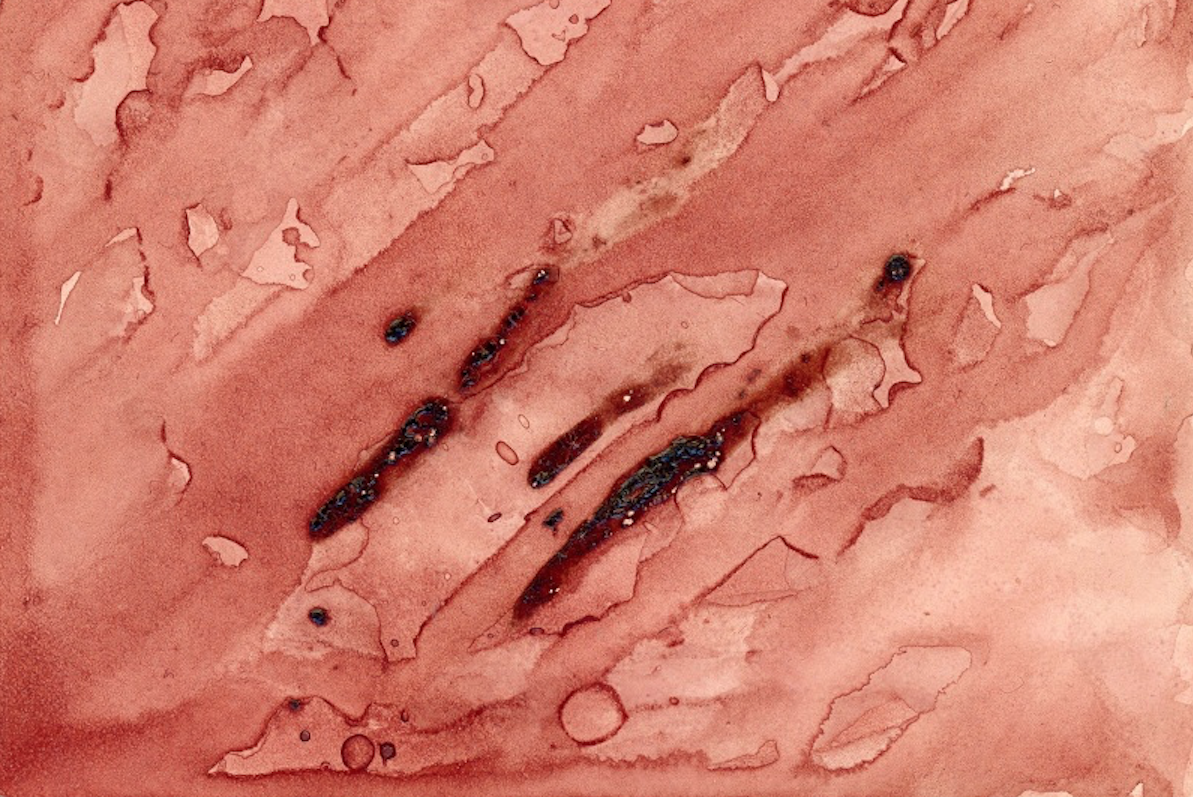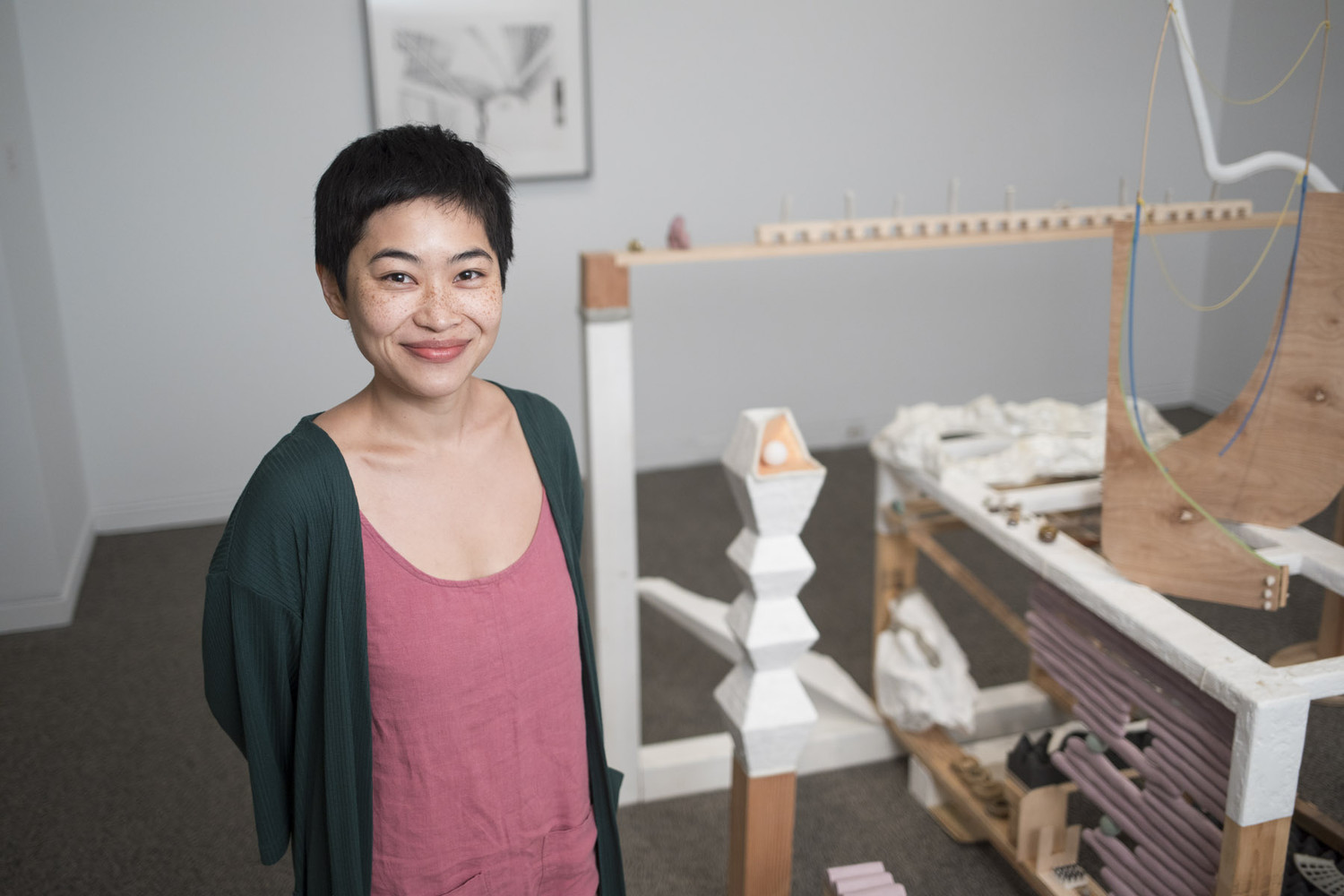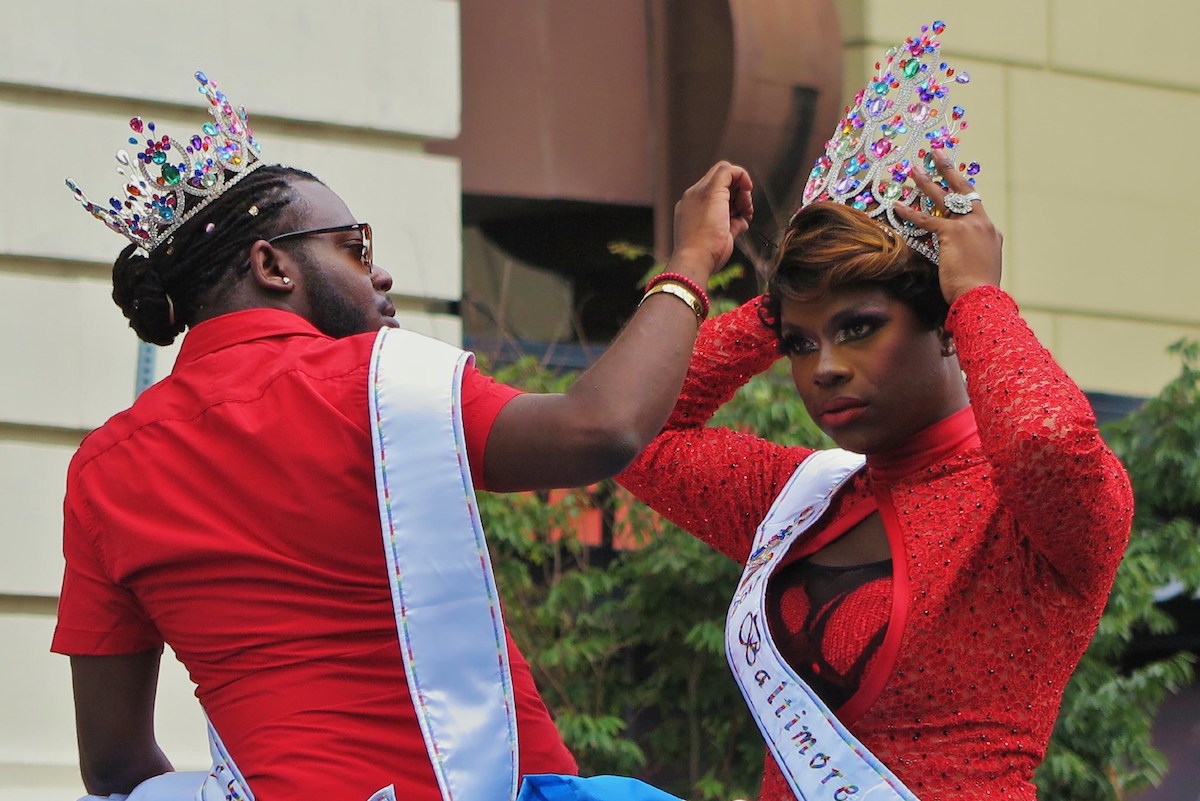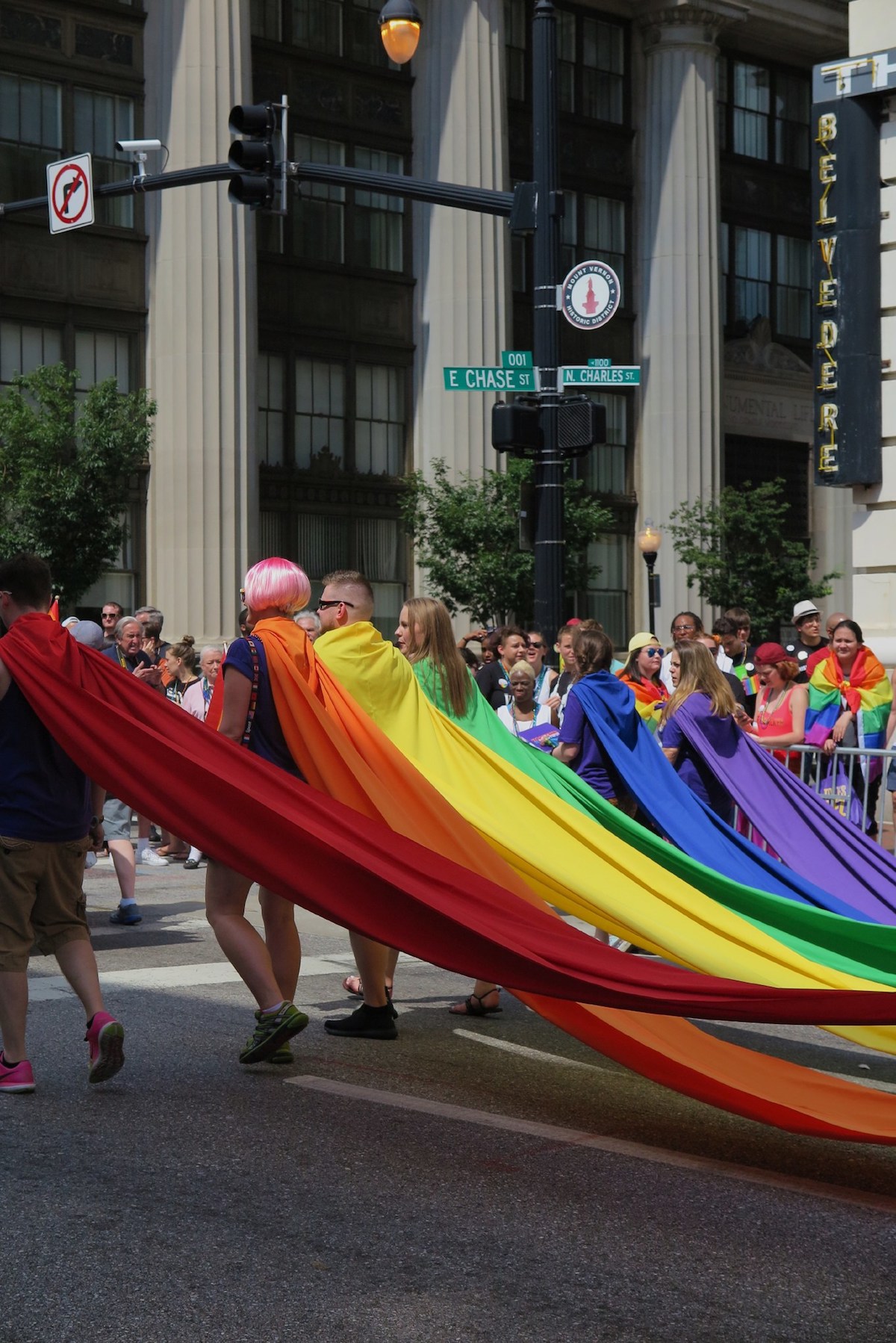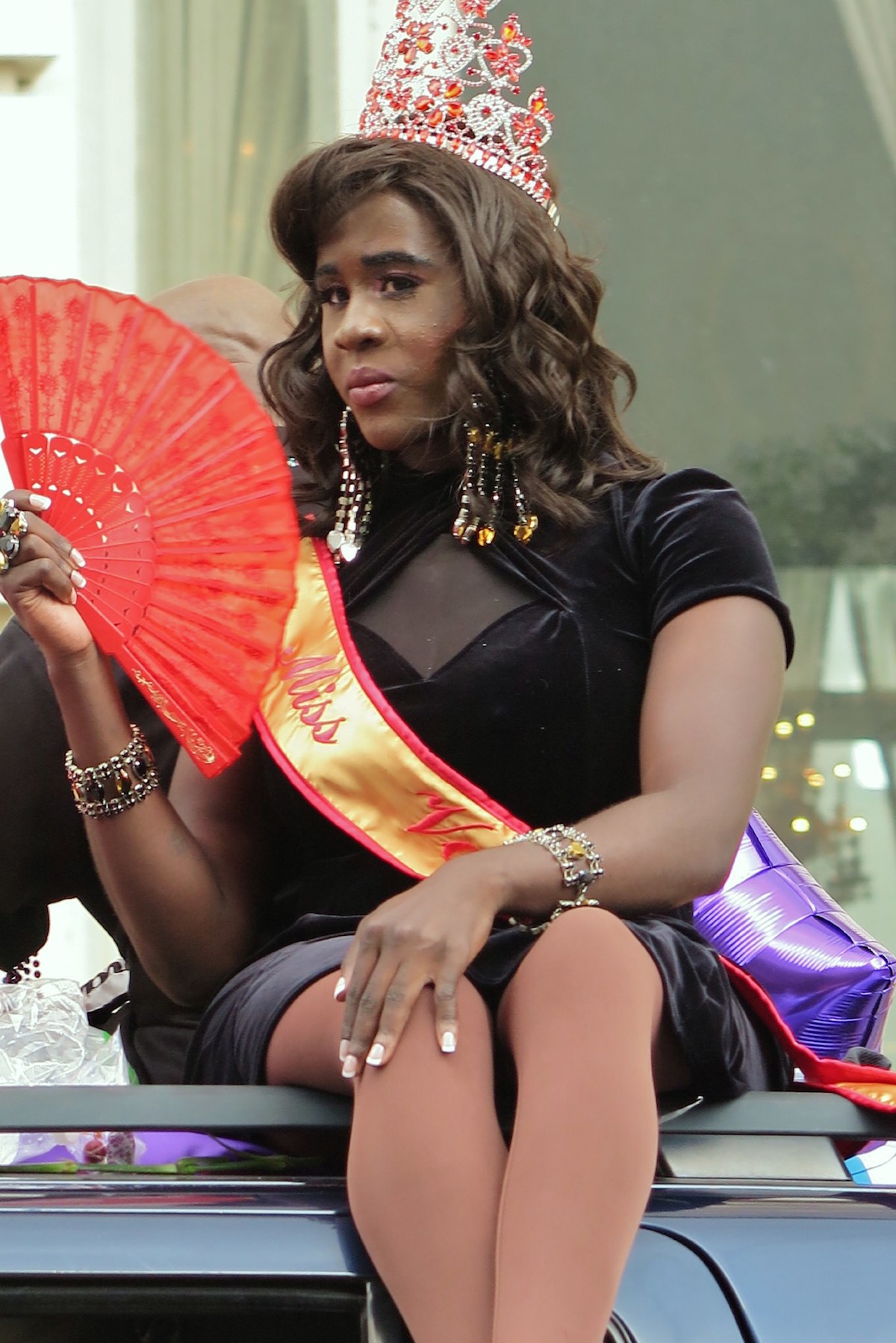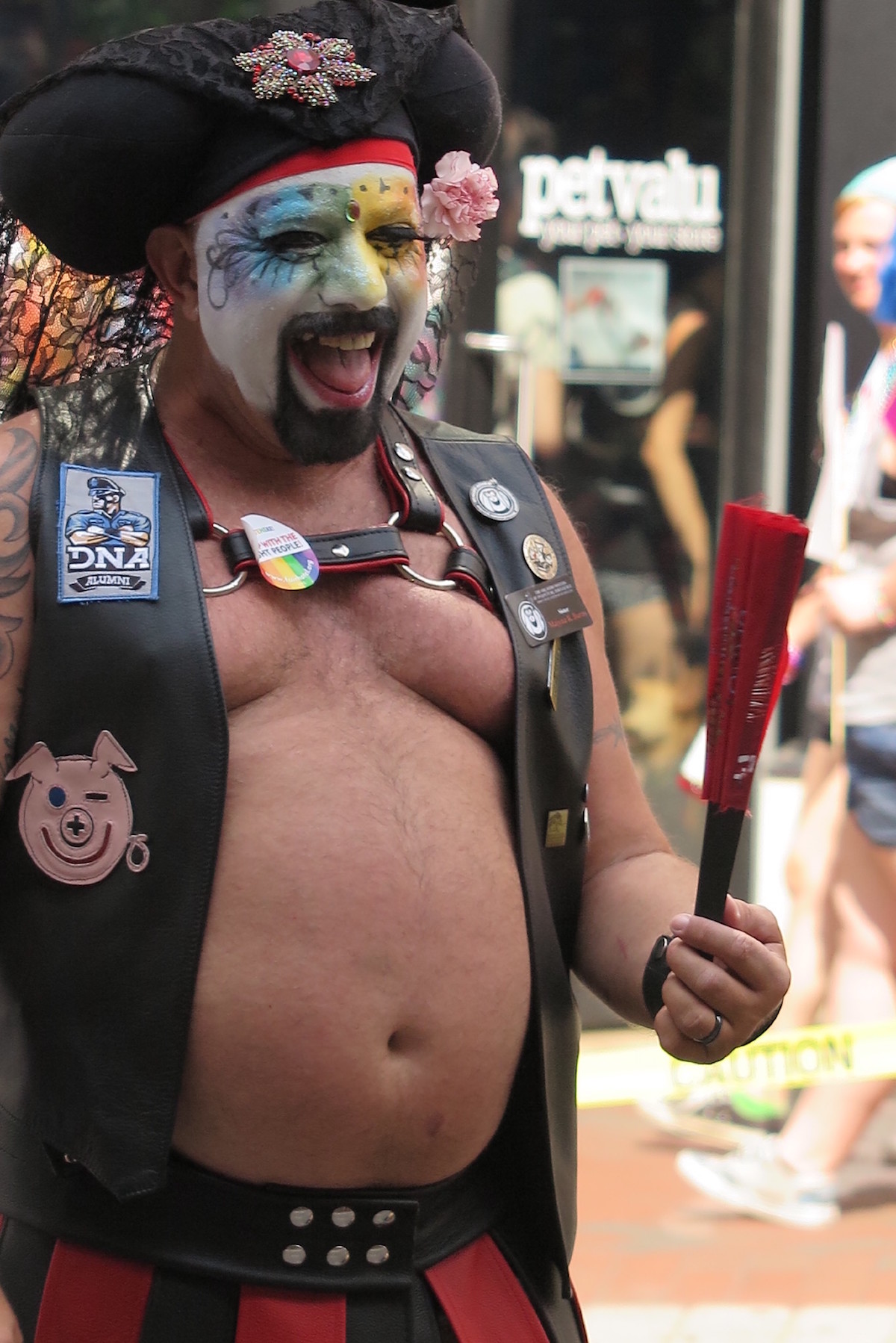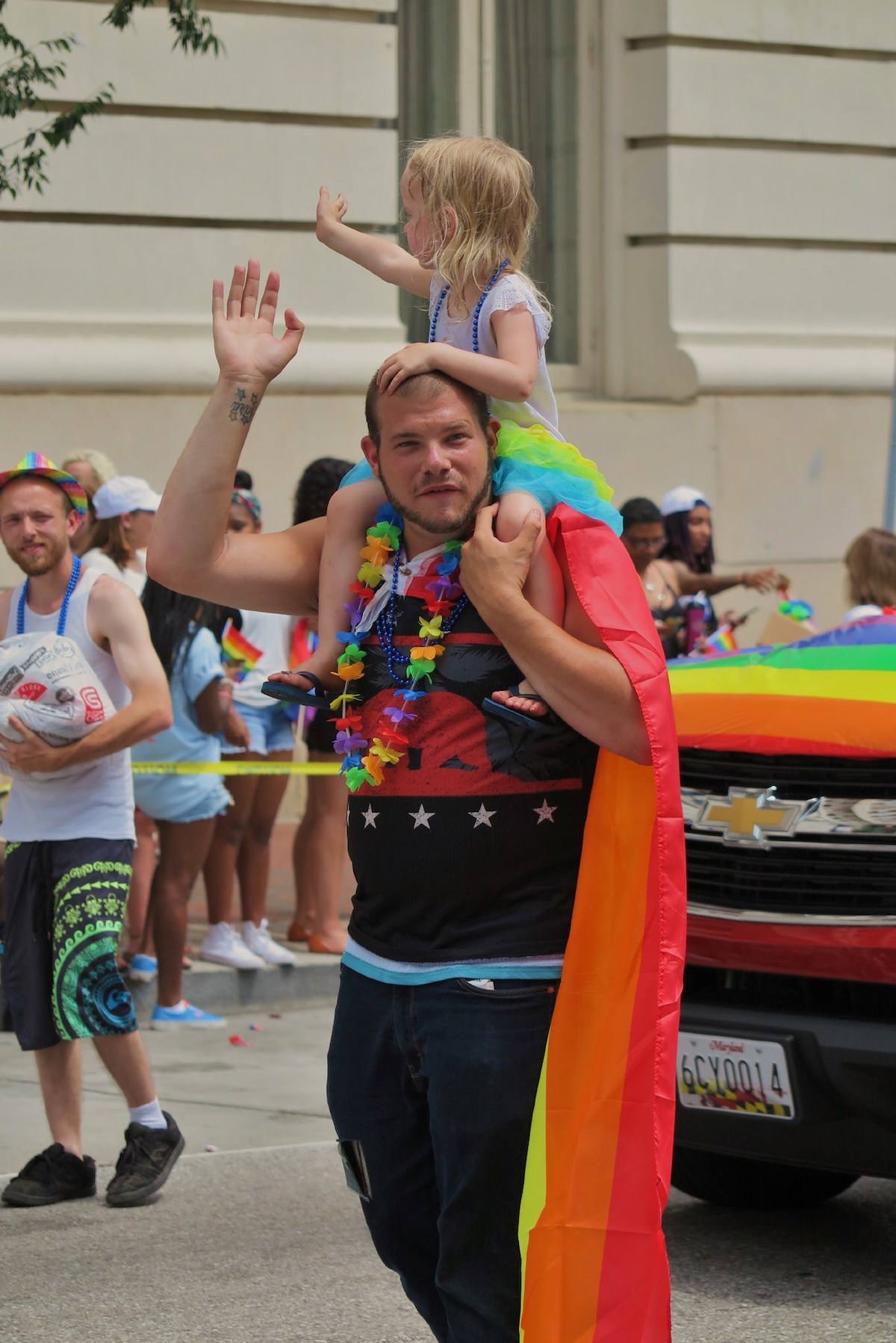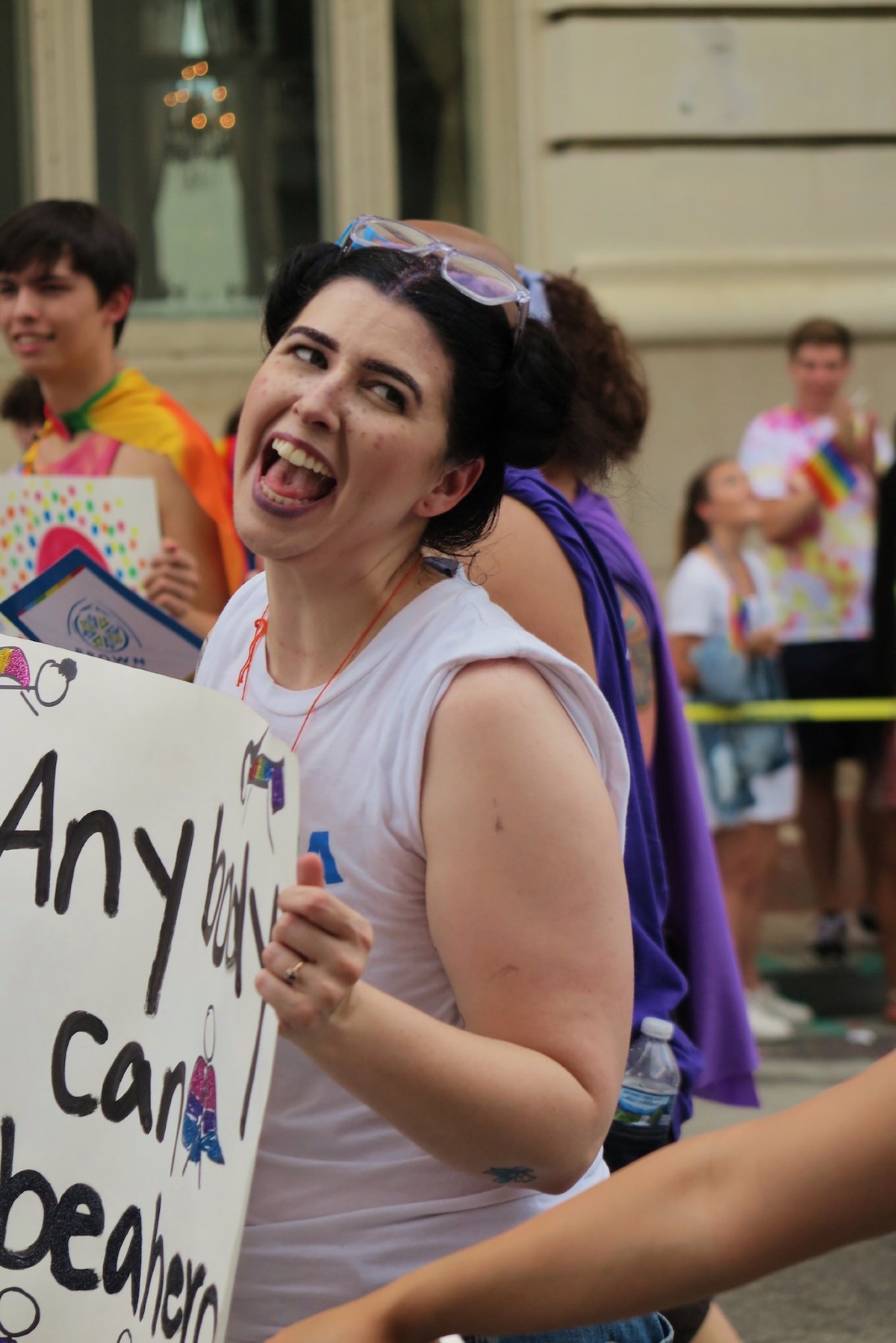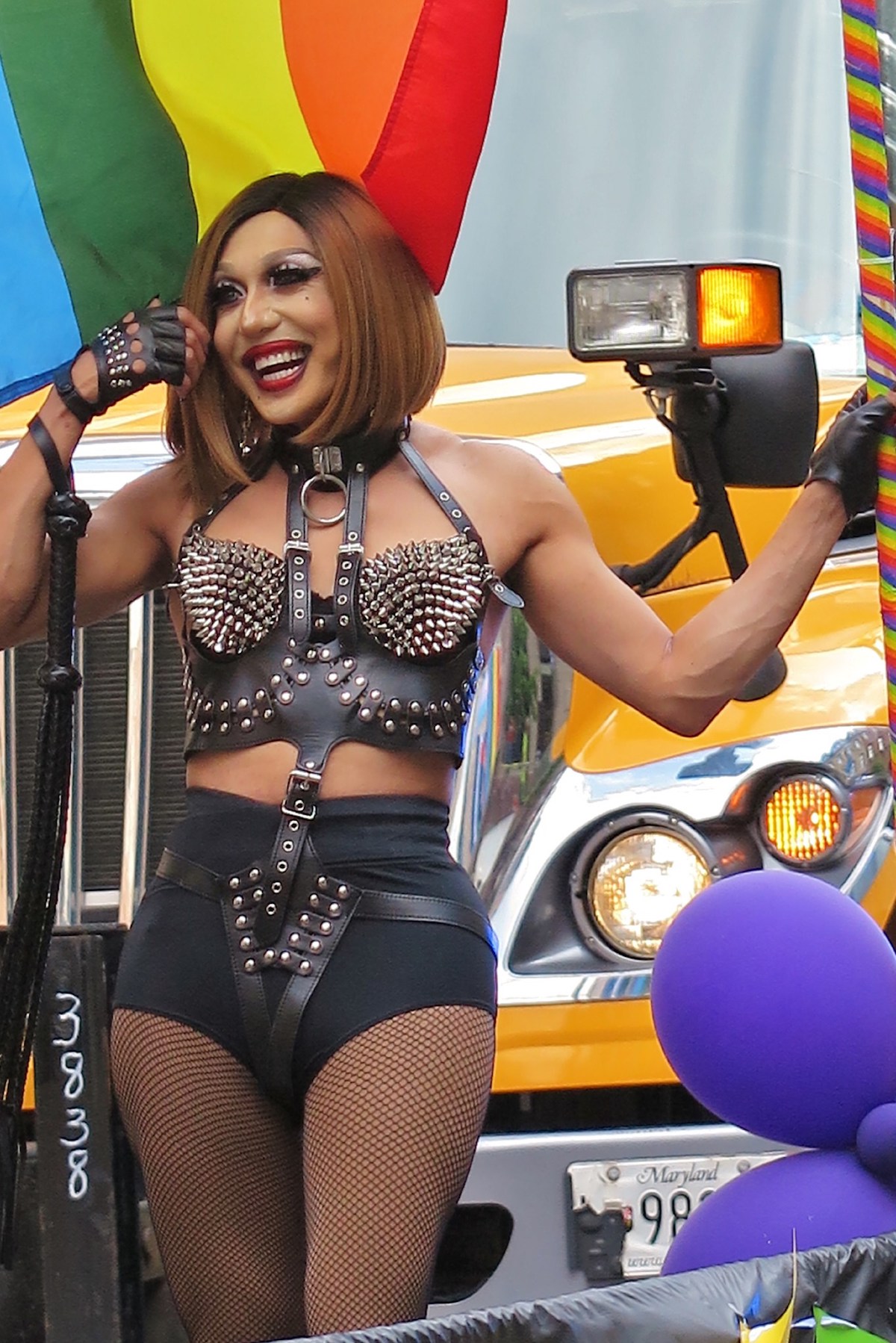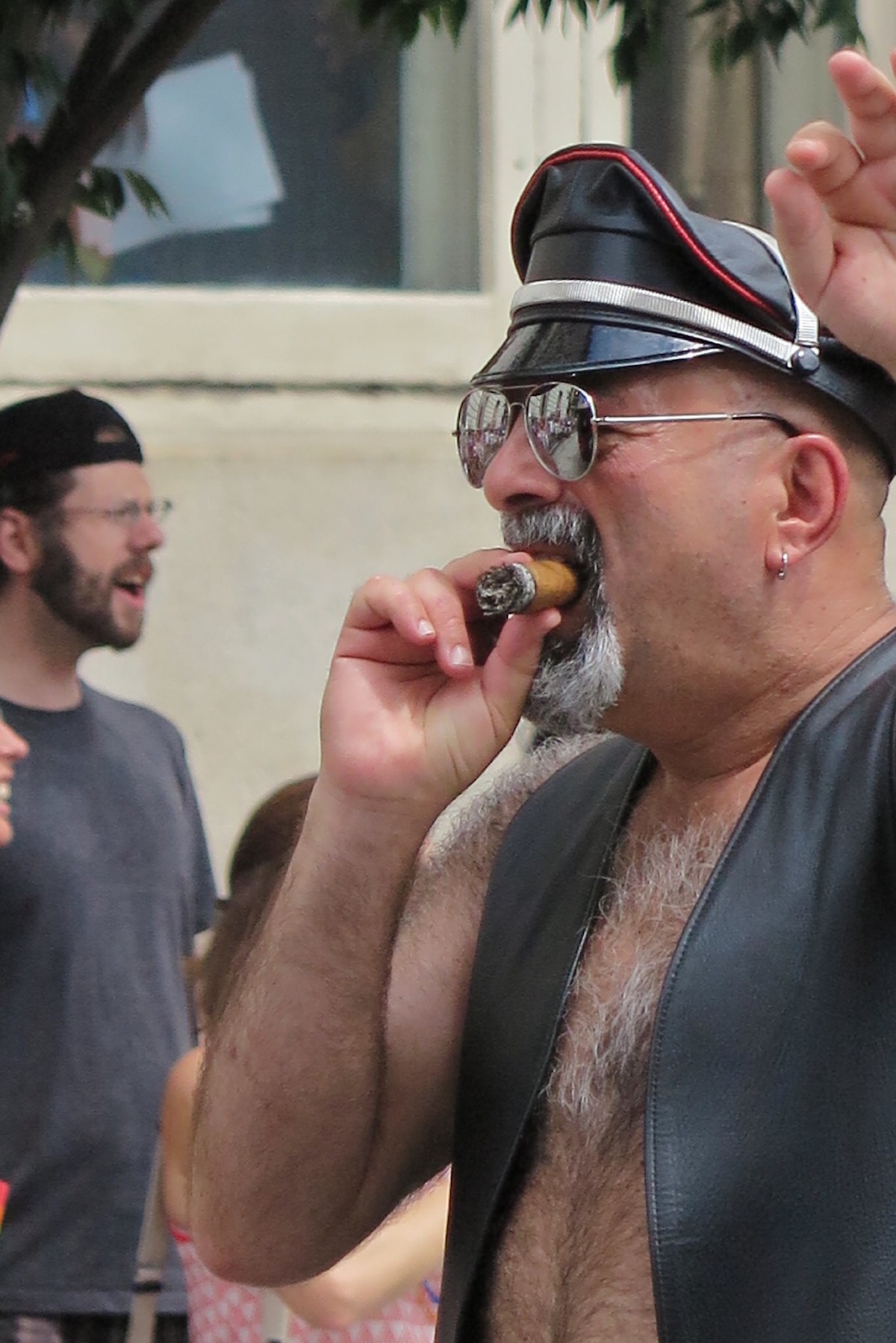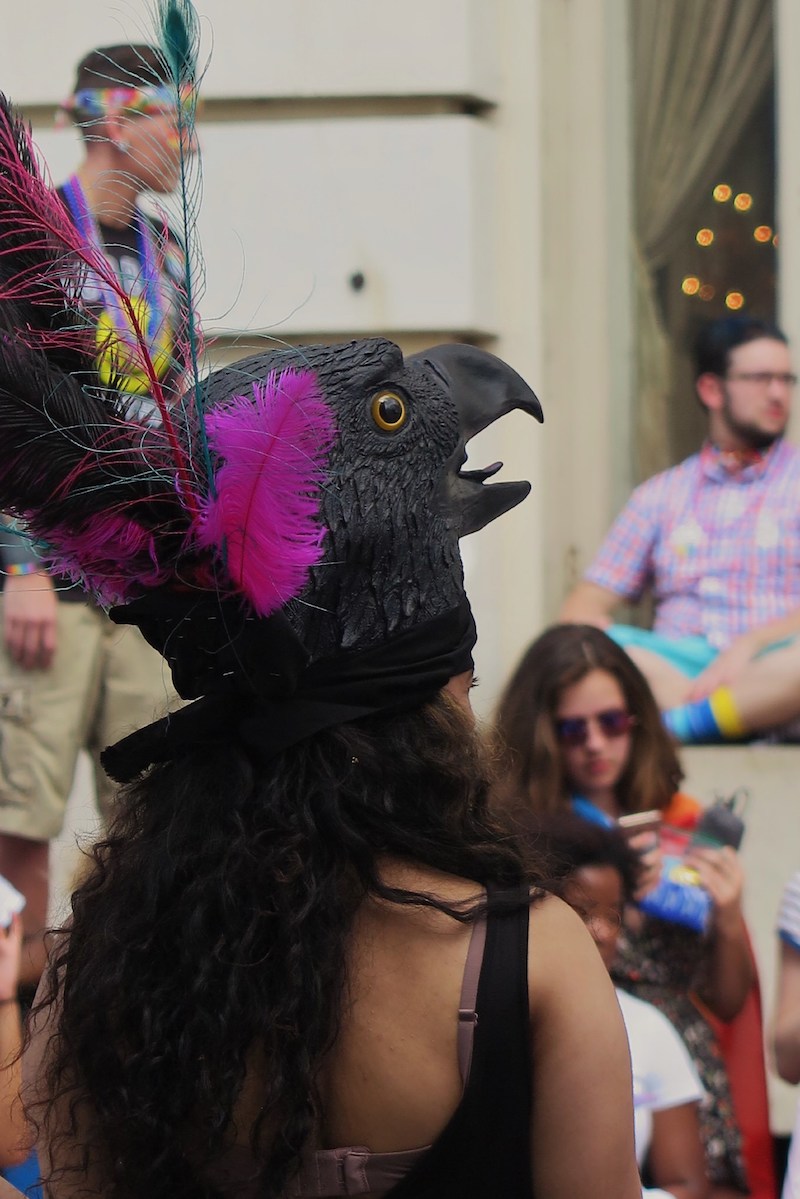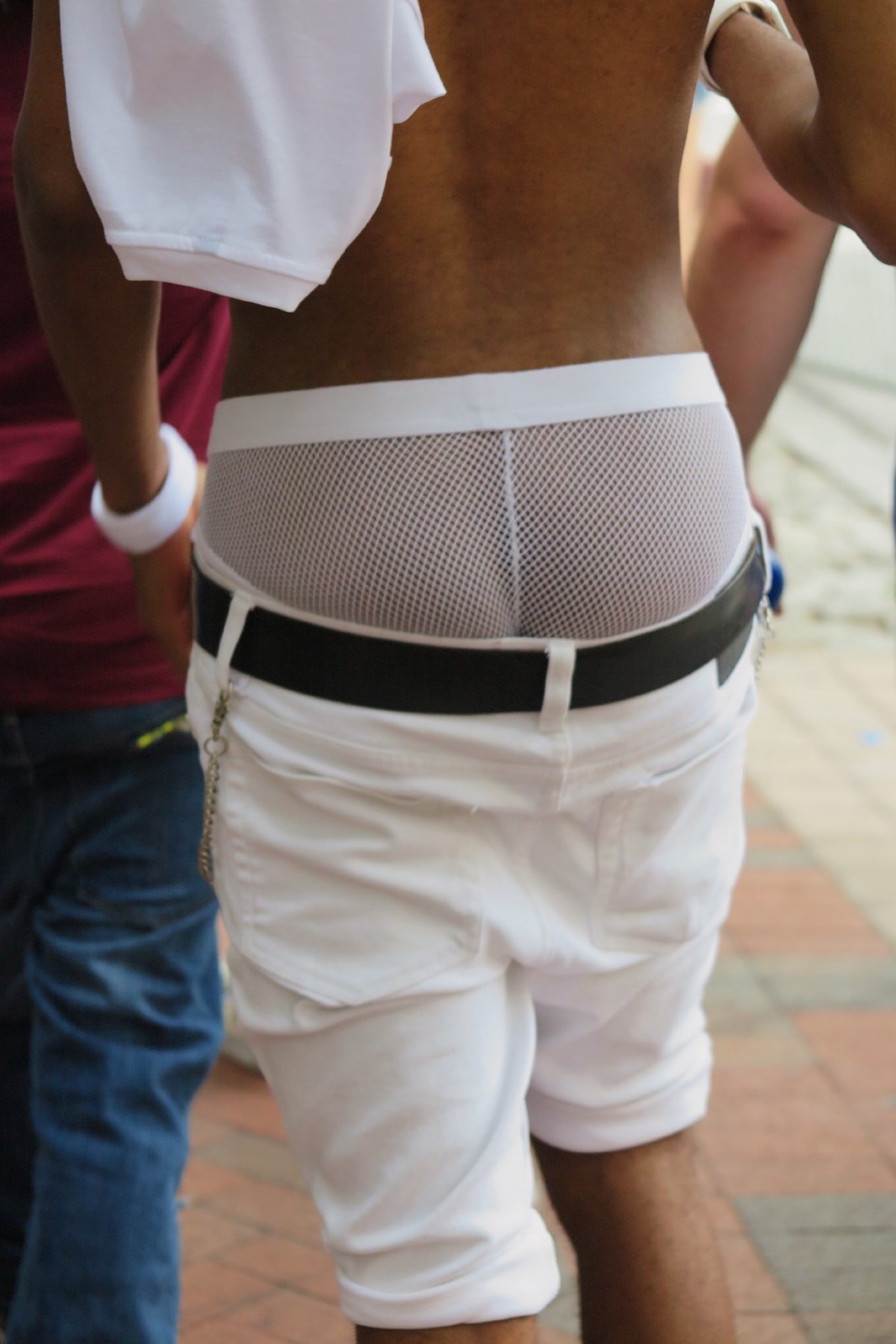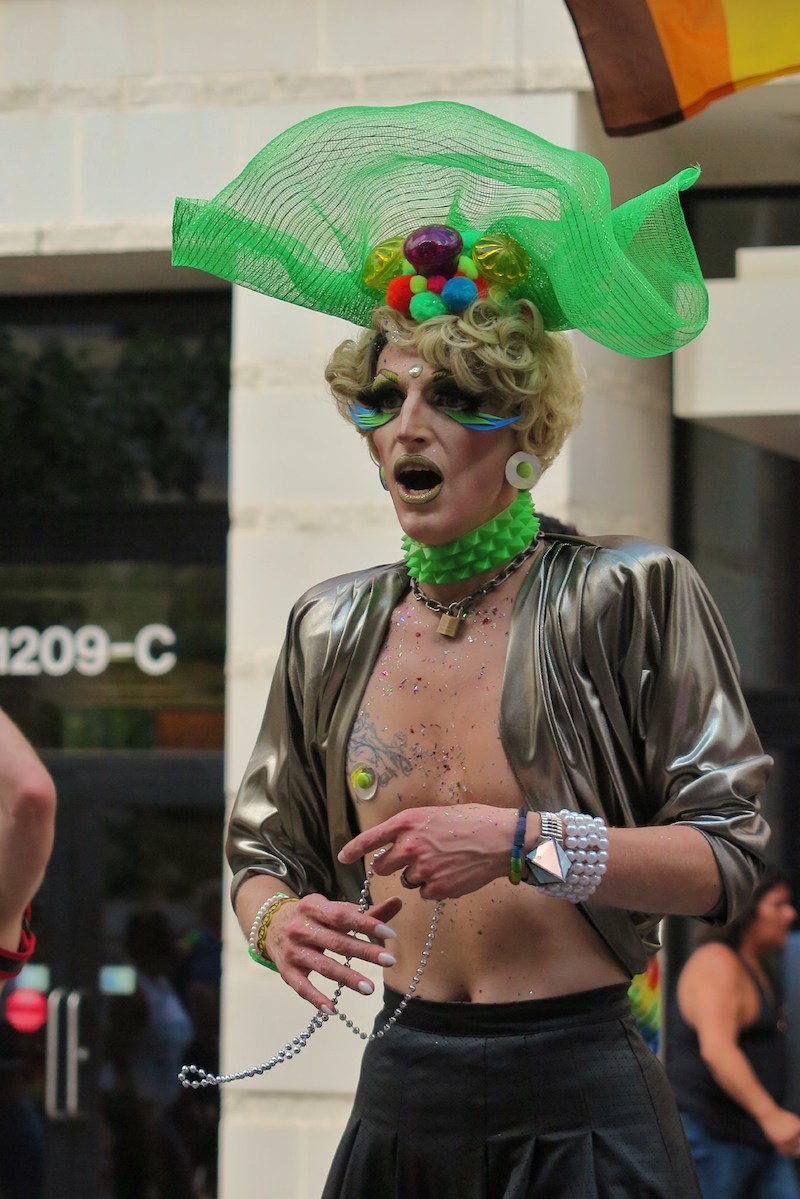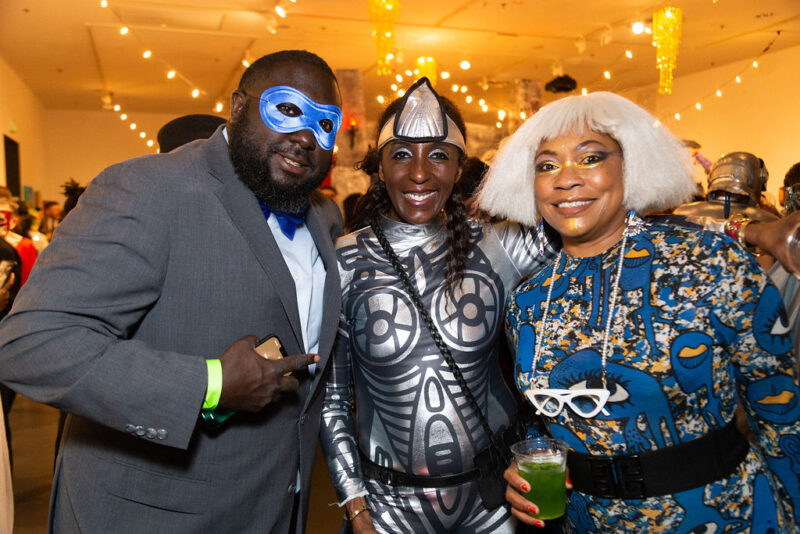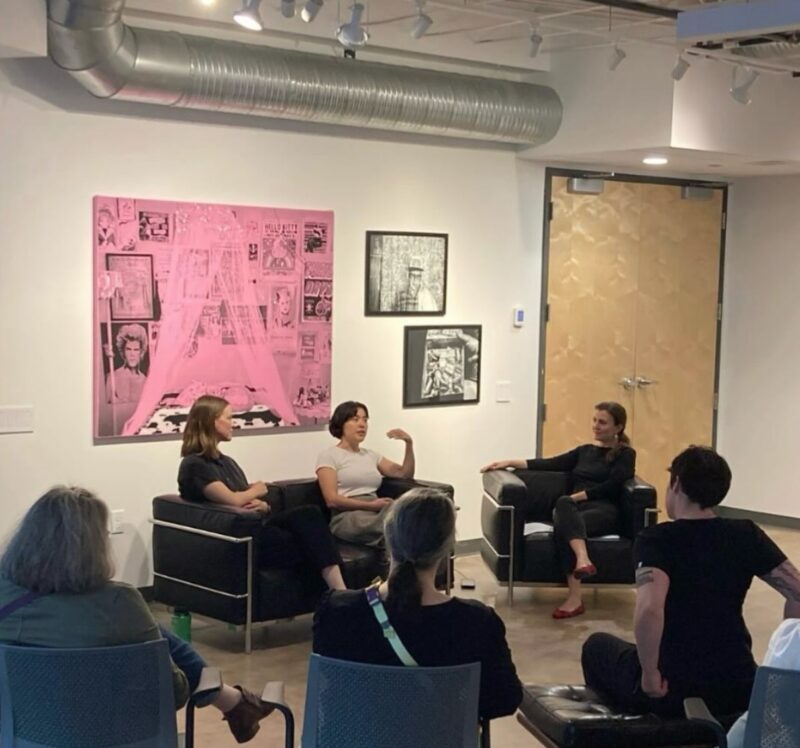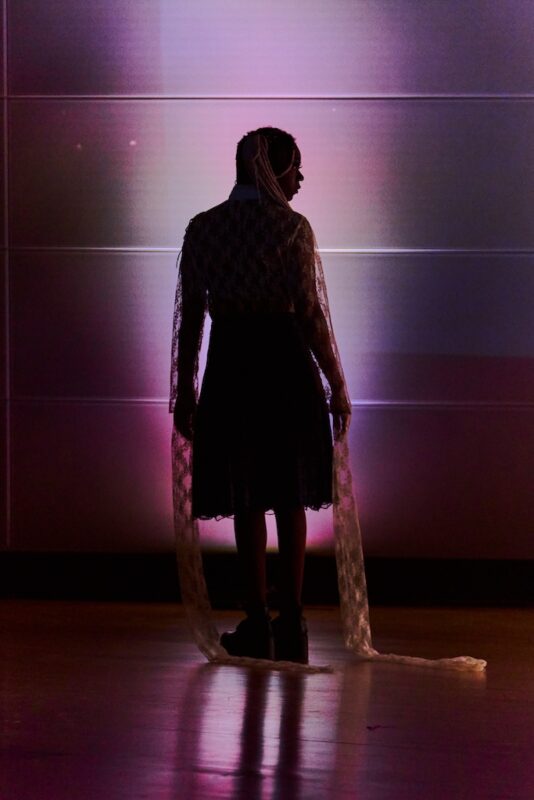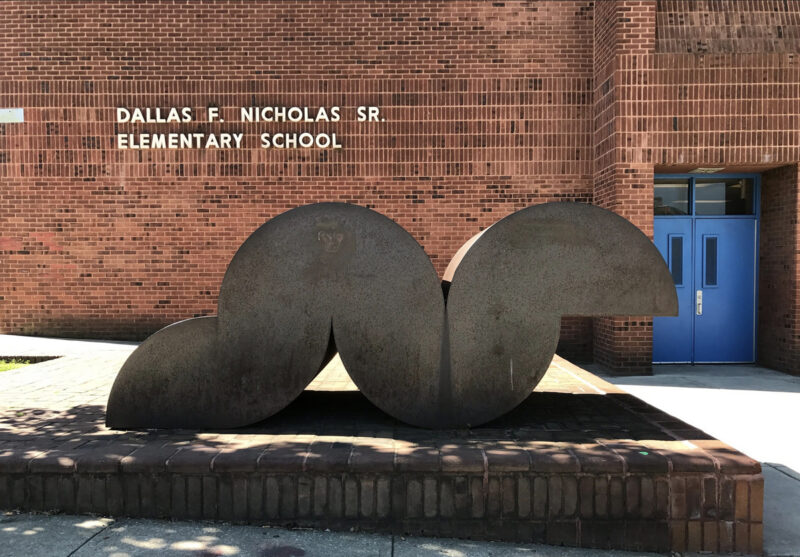Photos of Baltimore The Pride Festival and Parade by Samantha Buker
According to the GLCCB, The origins of Baltimore Pride date back to 1975. In the decades since, Baltimore Pride has grown to become Maryland’s largest SGL/LGBTQ visibility event, providing an opportunity for the greater Maryland community to experience and learn more about the SGL/LGBTQ community through a weekend of wonderful events and exhibitions.
Over the past four decades, Baltimore Pride has evolved from a small rally of a dozen activists to a full-fledged festival that welcomes 30,000 revelers annually. It is also the GLCCB’s largest fundraiser.
Paulette Young, the founder of the GLCCB, started the center in the basement of 2122 Maryland Avenue in Baltimore. This year’s Pride marks a full circle with the GLCCB returning to its old neighborhood. In order to mark this historic event Pride Unleashed is taking place in the Charles North and Station North community.










Photographer Samantha Buker is a Baltimore-based writer, editor and artist of 7 Veils Studio. She curates a monthly music series, Thrive Music Live and is Vice-President of Occasional Symphony.
 Baltimore Pride 2017 was June 17 & 18 with a Parade and Block Party in Charles North and a Festival on Sunday June 18 in Druid Hill Park.
Baltimore Pride 2017 was June 17 & 18 with a Parade and Block Party in Charles North and a Festival on Sunday June 18 in Druid Hill Park.
